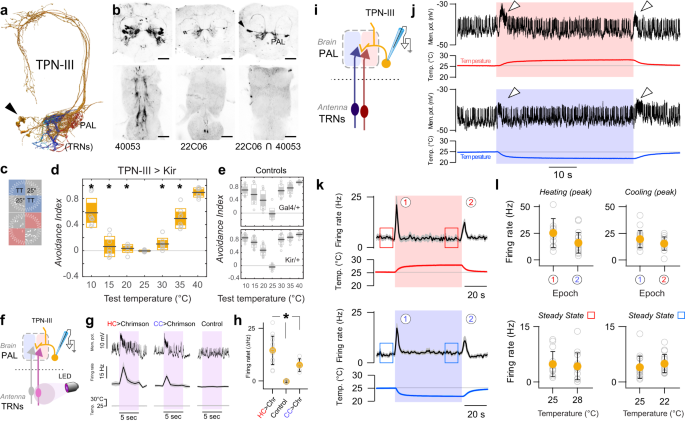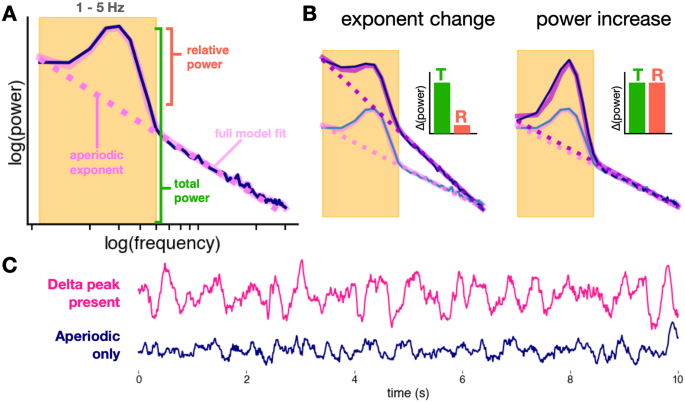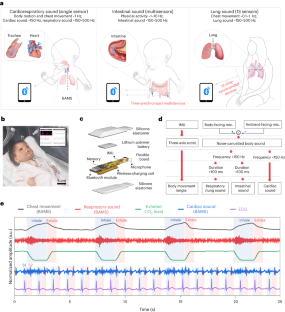2023-11-16 ノースウェスタン大学
◆急激な温度変化に反応する特定の回路が同定され、これらのニューロンは急速な加熱の初めに活動し、その後沈黙します。これらの発見は、動物が急激な変化に対して迅速に行動するための進化的なメカニズムを示唆しており、ヒトにも広く適用可能である可能性があります。
<関連情報>
- https://news.northwestern.edu/stories/2023/11/brain-center-rapid-temperature-change/
- https://www.nature.com/articles/s41467-023-42864-5
ショウジョウバエの温度感覚システムにおける迅速な脅威評価 Rapid threat assessment in the Drosophila thermosensory system
Genevieve C. Jouandet,Michael H. Alpert,José Miguel Simões,Richard Suhendra,Dominic D. Frank,Joshua I. Levy,Alessia Para,William L. Kath &Marco Gallio
Nature Communications Published:03 November 2023
DOI:https://doi.org/10.1038/s41467-023-42864-5

Abstract
Neurons that participate in sensory processing often display “ON” responses, i.e., fire transiently at the onset of a stimulus. ON transients are widespread, perhaps universal to sensory coding, yet their function is not always well-understood. Here, we show that ON responses in the Drosophila thermosensory system extrapolate the trajectory of temperature change, priming escape behavior if unsafe thermal conditions are imminent. First, we show that second-order thermosensory projection neurons (TPN-IIIs) and their Lateral Horn targets (TLHONs), display ON responses to thermal stimuli, independent of direction of change (heating or cooling) and of absolute temperature. Instead, they track the rate of temperature change, with TLHONs firing exclusively to rapid changes (>0.2 °C/s). Next, we use connectomics to track TLHONs’ output to descending neurons that control walking and escape, and modeling and genetic silencing to demonstrate how ON transients can flexibly amplify aversive responses to small thermal change. Our results suggest that, across sensory systems, ON transients may represent a general mechanism to systematically anticipate and respond to salient or dangerous conditions.


